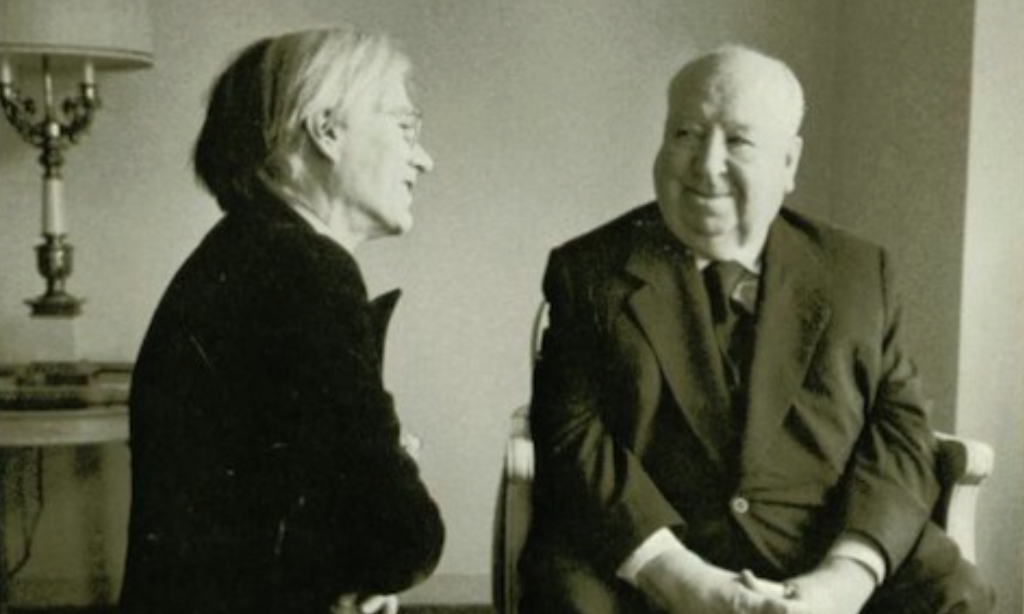You know the old joke: “if you don’t like the neighborhood, wait ten minutes.” New Yorkers know it the other way around, too. If you like the neighborhood, wait ten minutes; your local haunts will disappear. But while the physical markers of my own New York era shutter one by one, during said era all I ever wanted was for it to be the late 70s again, when you could catch such upstarts as the Talking Heads, Devo, the Ramones, Television, or Patti Smith at Max’s Kansas City. Or even earlier in the decade, when Max’s served as the NYC home base for David Bowie, Iggy Pop, Lou Reed, and even a young Bruce Springsteen.
Despite Max’s hallowed status in the New York rock scene, precious little footage survives from its heyday. The film at the top shows us what producer David Weisman says in voice-over narration is to his knowledge the only 35mm, motion picture-quality film of “the renowned, legendary, unforgettable Max’s Kansas City,” where Andy Warhol “held court every night from midnight till dawn.” Weisman points out local stars of the Warholian scene in the vintage film, reminisces about his own time there, and describes a lighting situation that made filming in the club very difficult. Just above, hear what those denizens in the footage heard: live audio of the Velvet Underground playing “I’m Waiting for the Man” and “Sweet Jane” live at Max’s in 1972.
Filming at Max’s may have been challenging, but clearly, as you see above, one could get it right, even in lesser formats. Here we have classic 1976 film of the Ramones playing “Havana Affair” and “Listen to My Heart” at Max’s during its post-Warhol second phase, when the club became second only to CBGBs as the home of New York punk rock and new wave.
The Ramones film may not be 35mm, but the quality of sound and image surely excels that of every other document from the period, like the short, blurry film above of Devo playing their bizarro take on “Satisfaction” in 1977.
Yet another precious artifact from the late-70s Max’s scene comes to us without any moving images at all, but the audio is quite good and represents a formative moment in the evolution of the Talking Heads, only a trio at the time. Hear them do “Artists Only” above in 1976.
Max’s didn’t only shelter punks and strung-out art rockers. In the early seventies, booker Sam Hood also secured sixties folk mainstays like Dave Van Ronk and newcomers like soon-to-be wildly famous Bruce Springsteen. See the young Boss open for Van Ronk above with an acoustic version of “Growing Up” in 1972.
Max’s closed down in 1981 with a headlining performance by DC hardcore punks Bad Brains, but it has since reopened in another location (1998). The new (gasp!—Midtown) Max’s isn’t Max’s Kansas City in anything but name, but its website at least preserves the memory of the old club’s heady 70s days with more live audio and memorabilia from The Velvets, Sid Vicious, Johnny Thunders & The Heartbreakers, and many more “Max’s Icons.” Also don’t miss this Flavorwire gallery of classic photographs from 70s-era Max’s.
Related Content:
The Talking Heads Play CBGB, the New York Club that Shaped Their Sound (1975)
Josh Jones is a writer and musician based in Durham, NC. Follow him at @jdmagness.




